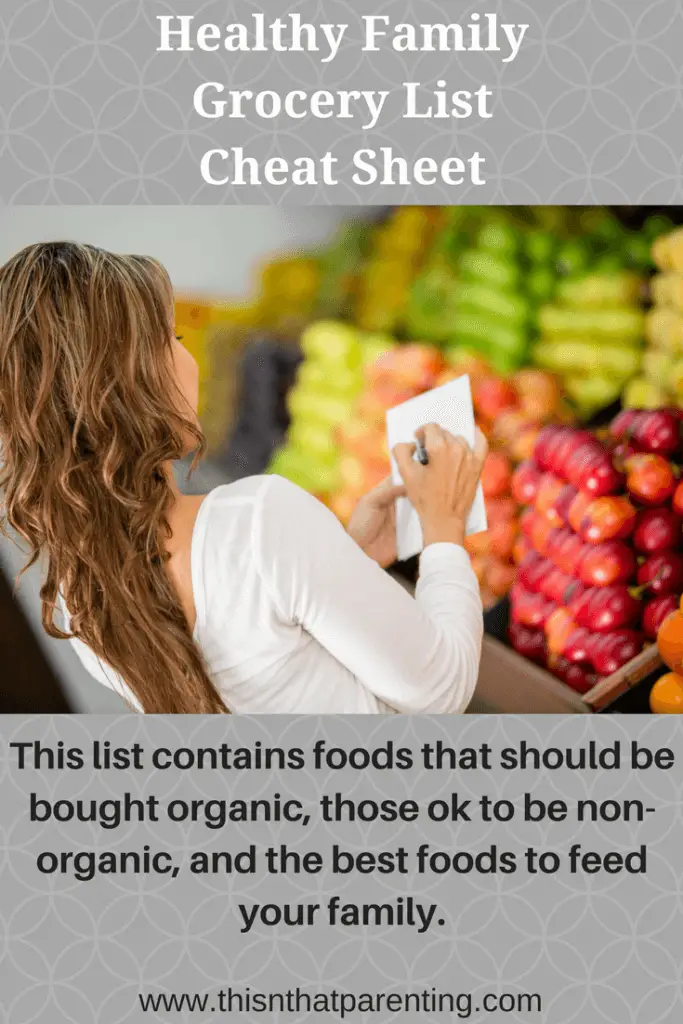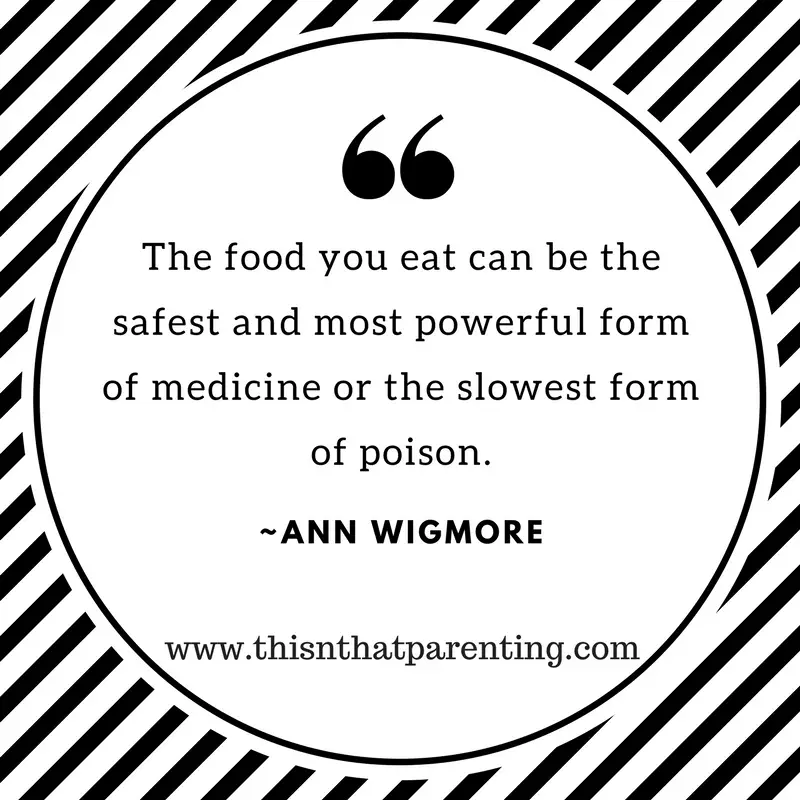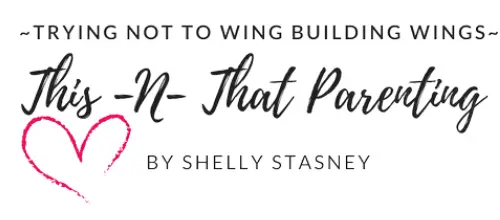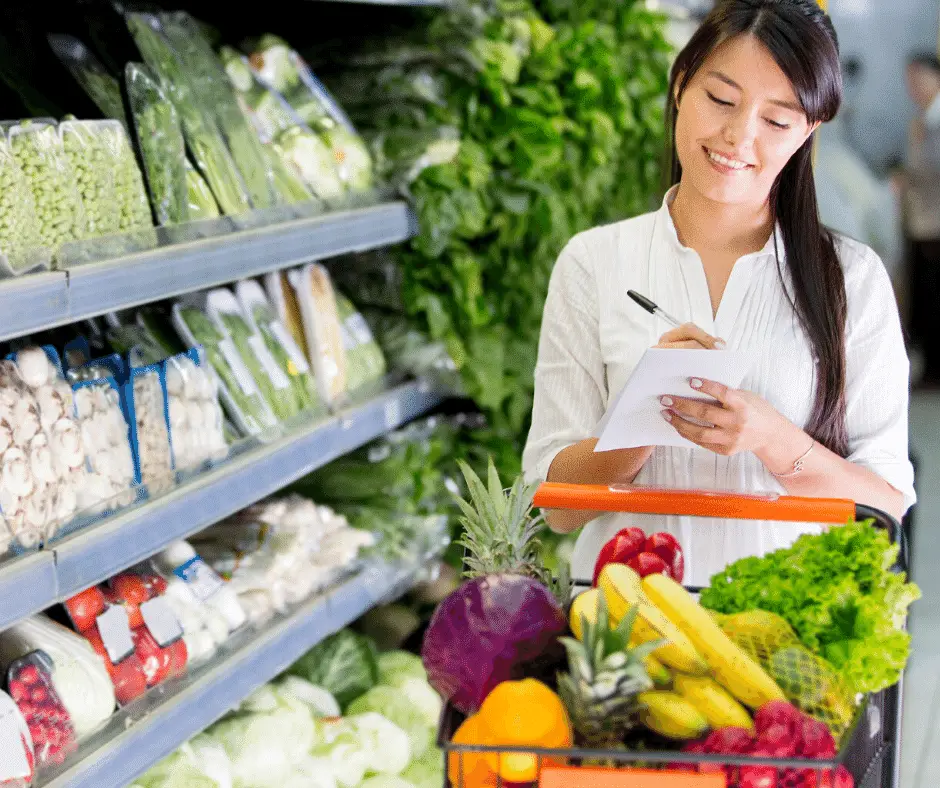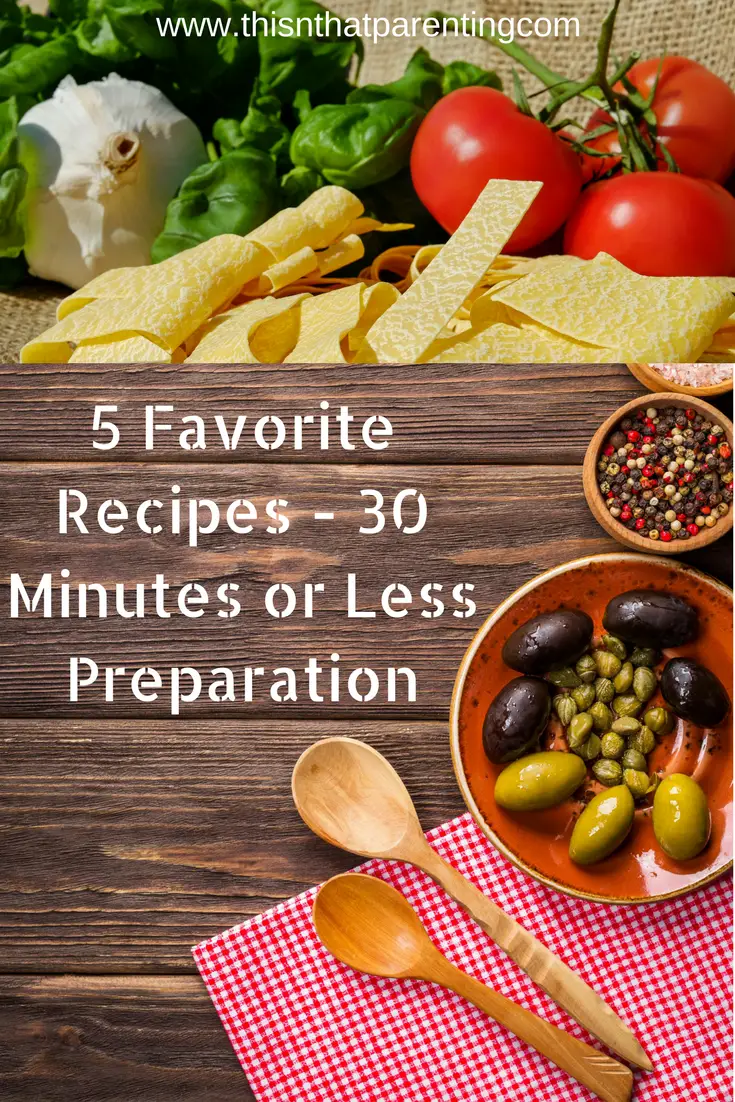Simple Ways to Make Sure the Foods You Feed Your Family Are Safe and Healthy
I was careless on what I put in my body until I found out I was pregnant. I had to kick the habits of smoking, frozen meals for lunch, alcohol, and a gallon of sweet tea nearly every day. Within 3 days of seeing that positive sign show up, I had all of these habits kicked!
After that, I had plenty of time to spare, so I went on a Googling rampage of safe and healthy food to eat while you’re pregnant. I kept a spiral beside me, and I listed every single thing that I read that was best to eat while pregnant. I would later do the same thing for what’s best to eat while breastfeeding, and then what’s best to feed your baby, then the toddler, then preschooler… Hence the information you will find below.
Throughout all of this reading, I read a lot about eating organic, and the more I read the more wide-eyed I became. I quickly realized not to trust the FDA at all as to what is put on the shelves of your favorite grocery store. All organic was not an option due to what I care to spend on groceries, so I researched to decide what was worth me spending the extra money on.
The way I see it is kind of like the difference between smoking Marlboro Lights or Lucky Strikes. I wanted to protect my kid from hazardous chemicals put on or in foods as much as possible.
Healthy Foods For Your Family
The Dirty Dozen+
After doing my research, it was easy to find that there are a group of foods called the dirty dozen, so I buy all of these organic as often as possible. The data used to create this list was based on produce that was tested after it was washed, rinsed, or peeled depending on how the item is eaten. These are the items with the most chemicals found on them. As with everything, the best idea is Grow Your Own. The ones I listed are the most repeated on lists. The produce list changes by a few depending on your source.
- Celery (tops the charts with chemicals)
- Peaches/Nectarines
- Strawberries
- Apples
- Tomatoes
- Pears
- Bell peppers
- Spinach (frozen organic is about half the price of fresh and just as good for you)
- Cherries
- Kale/collard greens
- Potatoes
- Blueberries
- Imported grapes (includes wine)
The Clean 15
The “Clean 15” are items in the report that are least likely to contain pesticide residue. For me, this means I will not be spending the money to buy these organic.
- Sweet corn
- Avocados
- Pineapples
- Cabbage
- Onions
- Frozen sweet peas
- Papayas
- Asparagus
- Mangoes
- Eggplant
- Honeydew
- Kiwifruit
- Cantaloupe
- Cauliflower
- Grapefruit
Additional Tips for Healthy Children and Families
There is a lot of information and studies that show many things to be unhealthy or dangerous. The ones I chose to list below are the ones that gave me the most concern.
- Use as little canned foods as possible. Cans are coated with BPA, and it leaks into the food. If you use canned, look for cans that say not lined with BPA. On the positive side, it’s becoming more popular.
- Go organic on beef!
- Go organic on milk.
- Don’t eat popcorn that you make in a microwaveable bag.
- Don’t use pots or pans that have PTFE usually found on the nonstick kind.
- Go organic on cucumbers.
- Don’t use plastic food containers or water bottles that have BPA. It seeps into the water.
- Coffee is the third most sprayed agricultural crop in the world.
- 90% of corn is genetically modified except sweet corn which is rarely ever genetically modified.
- Go 100% organic on chicken!
- Eggs. Geez, there are so many to choose from it drives me nuts trying to decide. The best eggs to buy are from a farmer’s market or farmer that you know has some chickens out back. If you have to get them at the grocery store make sure they are the organic ones that have the most Omega- 3 and DHA available. If you can’t afford those, then get the organic ones which only means the chickens did not receive antibiotics. Something misleading on eggs is cage-free or free-range. This is not supervised enough and could mean the chicken gets this for 5 minutes a day. Chickens are definitely on my up and coming pets list!
- Try to feed your kids as little sausage, hot dogs and sandwich meat as possible.
The BEST Foods to Feed Your Kids (And They Won’t Hurt the Parents Either)
If you are wondering what the best foods to feed your kids are, I just so happened to research that as well. There are tons of lists out there, but these are the foods that repeat on those lists the most. (Yes, I’ve read them all.) I chose these to have a balance of crucial nutrients, other health benefits, and brain development. This is all best if it is fresh or frozen. Give juice sparingly.
- Eggs
- Oatmeal
- Melons
- Sweet potatoes
- Nuts: almond, peanut butter (least sugar), walnuts, pistachio, Brazil, cashew, chestnuts, macadamia, pecan
- Broccoli and cauliflower
- Oranges
- Garlic
- Spinach, kale, green beans
- Berries-Strawberries, cherries, blackberries
- Blueberries (I gave them their own row because they are good for so many things.)
- Tomatoes and red bell peppers
- Low-fat Greek yogurt
- Cabbage
- Salmon
- Black beans, lentils, green peas, chickpeas, kidney, pinto
- Basil
- Cinnamon
- Avocado
- Flaxseed, sunflower seeds, and chia seed
- Mango
- Calcium- Best sources: (check to see how much the brand you’re looking at contains) Cheese, yogurt, milk, fortified foods like cereal, waffles, soymilk
- Shrimp, beef, chicken,
- Tofu
- Cocoa- use at least 70 percent pure cocoa and check that it isn’t processed with alkali (also called “Dutch processed”), which removes most of the flavonoids. Ways to serve it (beyond hot cocoa): Sprinkle it on pancakes, waffles or French toast, and melt some dark chocolate and dunk strawberries in it.
- Asparagus
- Whole grains- If it comes it comes in whole grain, choose that one.
- Carrots and pumpkin
- Apples and plums
- Turmeric
Safe and Healthy Family Foods Bottom Line
Given these points, it is hard to decide to what extreme to take all the information on hazardous products that are out there today.
In reality, just like everyone else, I have the stories: I have an aunt who was as organic as it gets. She mostly lived off the land, milked her own cow, and she passed away from cancer in her 80s. I have a grandpa who smoked a pipe and ate what he wanted and lived to be in his 90s.
It’s easy to start over-thinking or to jump on the bandwagon. Ultimately, we make the best, most affordable, well-informed decisions I can for my kids. Sometimes, I fall off the organic wagon when my budget gets tighter, but when I go back and read what foods contain and the effects it has on our bodies, it quickly renews my sense of urgency.
Obviously, this concern should be real not just for our children but for all of us. As I stated in The Sunscreen Debate: Chemical Filters vs. Mineral Filters: Indeed, we like to believe that our government agency protects us and tells us the truth about what we put in and on our bodies. Unfortunately, this same agency did not enforce that cigarettes be labeled with caution against cancer until almost 7000 research studies showed evidence of cancerous results!
Healthy Family Grocery List Cheat Sheet Printable
As you can see, all of this can be hard to keep straight. It can get confusing when you are making out your grocery list or in the grocery store hearing, “Let’s go home now, MOM!” I am sharing my Healthy Family Grocery List Cheat Sheet with anyone who is interested. A copy is folded up in my purse (to check last-minute purchases) and a copy is on the frig for easy reference when making my grocery list. I star the items I want to buy organic. Download the printable PDF version now.
Want More On Kids Health?
- Kids’ Pooping Problems: 5 Ways To Ensure Your Child Is Regular
- How To Get Kids To Love Their Veggies
- Simple Ways To Make Sure The Foods You Feed Your Family Are Safe And Healthy
- Lighting: How It Affects Your Child Physically, Mentally, And Academically
- Growing Pains: 9 Remedies To Help Your Child Overcome Them
- The Sunscreen Debate: Chemical Filters vs. Mineral Filters
- This Safety Measure Could Save Your Child from the ER or WORSE!
- Simple Ways to Advocate for Your Child in the Healthcare System
Want More On Family culture?
- How To Create A Daily Routine That Works For Your Family
- 1 Simple Tip To Be A More Grateful Mom
- Is Your Family Ready For A Dog?
- Self-Fulfilling Prophecy: Children Will Become What You Say They Are
- How To Get To Church On Time Without Losing Your Religion
- 5 Lessons Adults Can Learn From Toddlers
- 15 Simple Ways To Save Money In Order To Thrive On One Salary
- 5 Awesome Parenting Books That Totally Shifted The Way I Think About Parenting
- We Strengthened Our Marriage At Weekend To Remember
